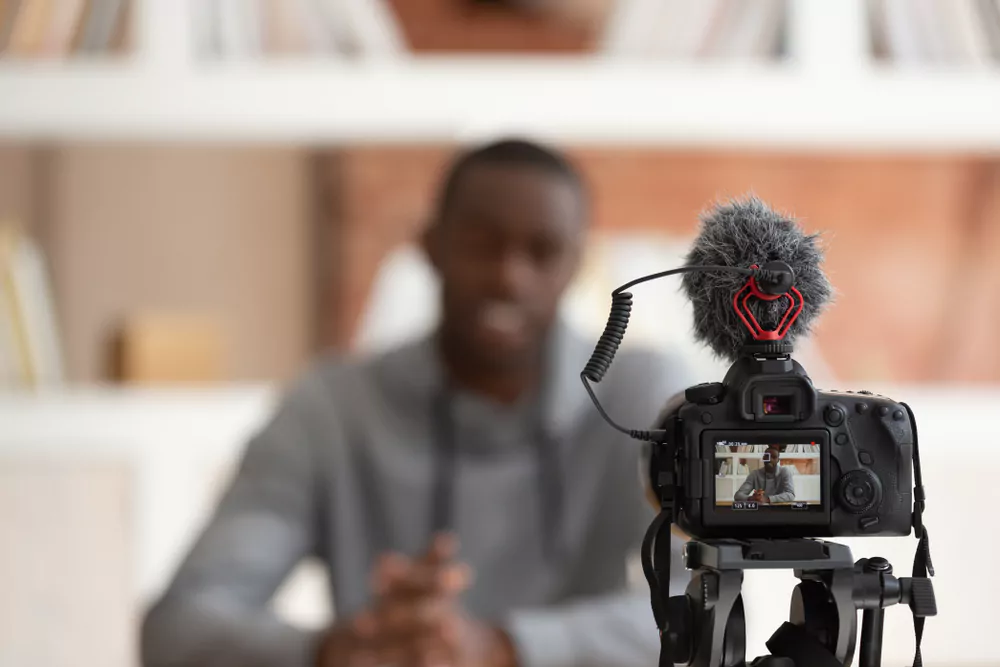Effective Self-Introduction in English: Examples and Tips

A self-introduction is a crucial aspect of any social or professional interaction, as it helps the audience gain a better understanding of who you are, your background, and your interests. In English, a good self-introduction should be concise, engaging, and informative.
In this comprehensive guide, we will delve deeper into the essential elements of a self introduction in English example of provide self-introduction for various scenarios, and offer practical tips on how to make a positive impression with your introduction. By the end of this post, you should have a clear idea of how to create an engaging self-introduction in English that will leave a lasting impression on your audience.
1 Importance of a Good Self Introduction
First impression is crucial, and a well-structured self-introduction can make a significant impact on your audience, whether it’s during a job interview, a public speaking event, or a casual conversation. A good self-introduction can help you:
- Build self-confidence
- Create a positive impression
- Establish a connection with your audience
- Provide relevant background information
- Showcase your skills and achievements
- Engage the audience’s attention
2 Structuring Your Self Introduction
A balanced, well-structured introduction should include the following self-introduction points:
- Greeting: Start with a simple greeting, like “Good morning,” “Good afternoon,” or “Good evening.“
- Name and personal details: Introduce yourself by stating your name, school name (for students), or organization (for professionals). You can also mention your educational details, such as your bachelor’s or master’s degree.
- Background information: Briefly mention your background, including family details and your educational and professional experiences. For school students, discuss your current grade or final year in school. For professionals, mention your current job title or role and any relevant part-time jobs or internships you may have had.
- Interests and hobbies: Discuss your interests and hobbies, such as watching movies, reading, or exploring different cultures. This will help your audience relate to you on a personal level. For example, if you’re an avid reader, you can mention that you enjoy reading business books in your spare time.
- Skills and strengths: Highlight your skills and strengths, like being detail-oriented or an excellent public speaker. Make sure to tailor this section to the context in which you are giving your introduction, such as mentioning relevant skills for a job interview or a school presentation.
- Career goals and aspirations: Mention your career goals, such as becoming a software developer, pursuing a degree in computer science, or growing personally and professionally within your current organization.
- Closing statement: End your self-introduction with a brief statement expressing gratitude for the opportunity to introduce yourself and enthusiasm for any upcoming interactions or new challenges.
3 Self Introduction Sample for Different Scenarios
Here are some self-introduction examples for different contexts:
Self Introduction for Students

“Good morning, everyone! My name is John, and I am a final year student at SSWN Junior College, where I’m pursuing a bachelor’s degree in Business Management. I’m a very outgoing person who loves spending time with friends and exploring different cultures. In my free time, I enjoy watching movies and reading business books. I’m excited to be here today and look forward to getting to know all of you better.“
Self-Introduction for Job Interview

“Good morning! My name is Jane, and I am a recent graduate with a master’s degree in Computer Science from XYZ University. I have experience working as a software developer intern at XYZ Company, where I contributed to the steady growth and success of the organization’s software development projects. In my spare time, I am an avid reader of technology and business books, and I enjoy exploring new programming languages. I am detail-oriented, a quick learner, and a strong team player. I am excited about this job opportunity at your esteemed organization, and I believe my skills and experiences make me an ideal candidate for the role. Thank you for considering my application for such an excellent opportunity.”
Self-Introduction for Public Speaking

“Good evening, ladies and gentlemen. My name is Michael, and I am a software developer with over five years of experience in the industry. I hold a bachelor’s degree in Computer Science and am passionate about developing innovative solutions to real-world problems. In my free time, I enjoy watching movies, traveling, and learning about different cultures. I am honoured to have been invited here today to share my insights and experiences with you all. I hope that my presentation will be informative and engaging, and I look forward to answering any questions you may have.”
4 Tips for an Engaging and Effective Self Introduction
- Maintain eye contact: Eye contact helps establish a connection with your audience, demonstrating confidence and sincerity.
- Be concise and relevant: Keep your self-introduction short and focused on the most relevant information. Avoid rambling or providing too much unnecessary detail.
- Use a personal anecdote: Sharing a brief, relevant personal story can make your self-introduction more engaging and memorable.
- Speak confidently and clearly: Practice your self-introduction speech beforehand, so you can deliver it with confidence and clarity.
- Tailor your self-introduction to the context: Make sure your self-introduction is appropriate for the situation, whether it’s a job interview, a school presentation, or a social gathering.
- Be mindful of body language: Stand tall, maintain good posture, and use natural gestures to convey enthusiasm and confidence.
- Show gratitude and enthusiasm: Express gratitude for the opportunity to introduce yourself and convey enthusiasm for any upcoming interactions or new challenges.
5 Common Mistakes to Avoid When Giving a Self Introduction
- Being too modest or too boastful: Strike a balance between highlighting your accomplishments and appearing humble.
- Overloading with information: Focus on the most relevant and important details about yourself rather than trying to cover every aspect of your life.
- Speaking too fast: Speak at a comfortable pace, allowing your audience to absorb the information you are sharing.
- Failing to engage the audience: Make your self-introduction interesting by including personal anecdotes, asking questions, or using humour.
- Neglecting non-verbal communication: Pay attention to your body language, tone of voice, and facial expressions, as they can impact how your message is received.
6 Practising Your Self Introduction

To become more confident and effective in giving self-introductions, it’s essential to practice regularly. Here are some tips for practising your self-introduction:
- Record yourself: Use your phone or another recording device to record your self-introduction. Listen to the recording and identify areas for improvement in terms of content, delivery, and tone.
- Practice in front of a mirror: This can help you become more aware of your body language and facial expressions.
- Seek feedback from others: Ask friends, family members, or colleagues for feedback on your self-introduction, focusing on clarity, pacing, and engagement.
- Practice in different scenarios: Experiment with different settings and situations to become more comfortable and adaptable in various contexts.
7 Wrapping Up
Giving a self-introduction in English is essential for students and professionals alike. By structuring your self-introduction around key points, such as your name, background, interests, skills, and goals, you can provide a concise introduction that leaves a positive impression on your audience. With practice and attention to detail, you can master the art of self-introduction and become an engaging, confident speaker in any situation. Remember to avoid common mistakes, such as being too modest or boastful, and to tailor your introduction to the context in which you are presenting. By following these guidelines and putting in the necessary practice, you will soon be able to deliver an effective self-introduction that showcases your unique personality, experiences, and aspirations.
Giving a precise self-introduction is also necessary in interviews. But there are factors to consider to ace in an interview. So, for that, check out our useful blog on how to crack interview and find expert tips and strategies.
Community Q&A
About This Article
This article has been viewed 533 times.



